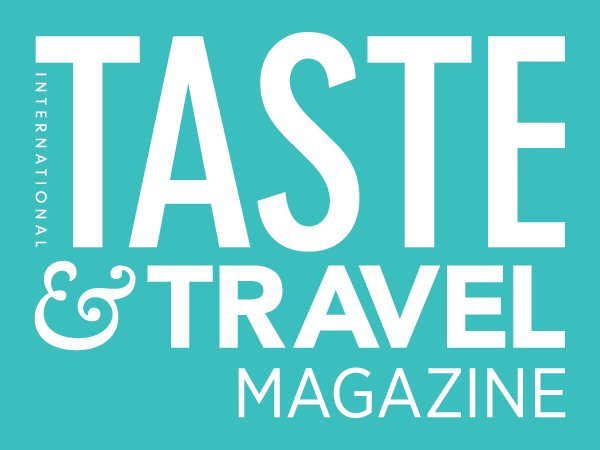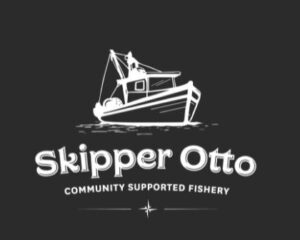Panama is a country of contrasts. The capital, Panama City, is an energetic metropolis with flashy casinos, glass-walled office towers, high-rise apartment blocks and eye-watering prices pinned to the American dollar. But leave the city and Panama reveals another side — a world of tropical rainforest, jagged mountains, gorgeous tropical islands and rural communities where a meal costs only a few pesos.
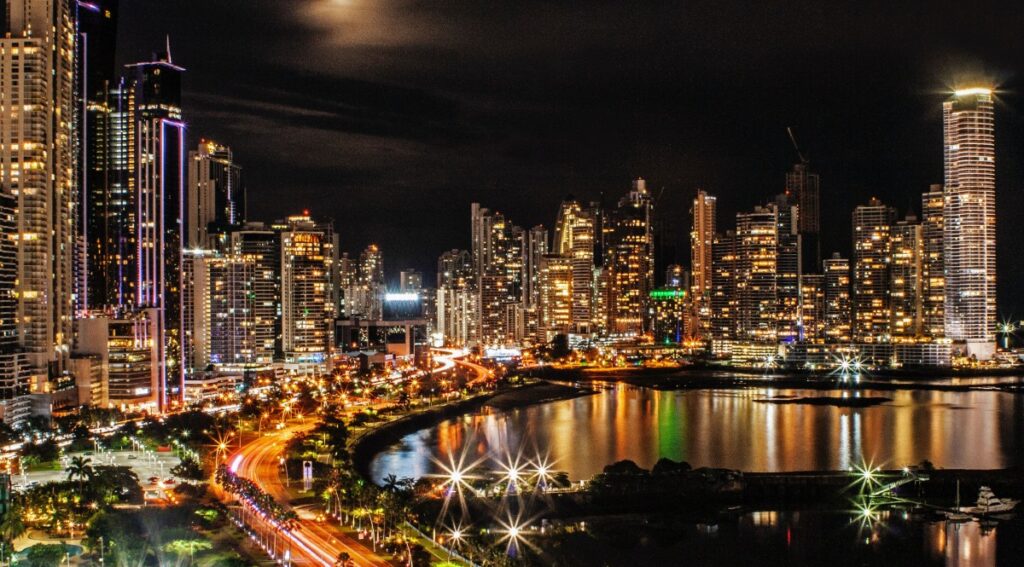
Bookending the modern heart of Panama City are two historic sites. Panamá Viejo — the first Spanish city, founded in 1519 and abandoned in 1671 after a pirate attack, now lies in ruins. Casco Viejo, built subsequently on a more secure site, is a UNESCO-listed heritage site and a colonial gem.
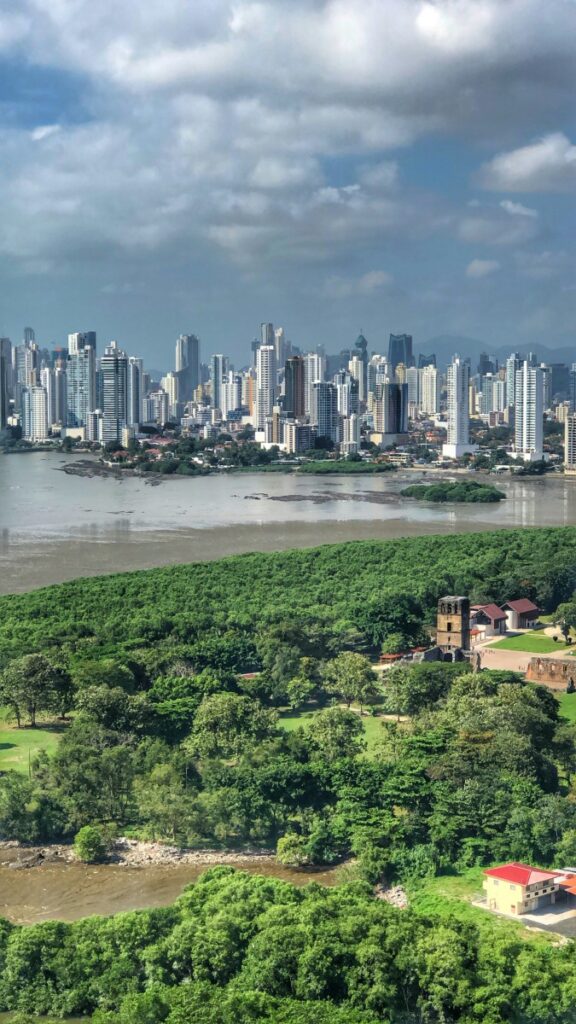
Casco Viejo received the UNESCO designation in 1997 but until a few years ago the historic quarter was a dilapidated no-go area ruled by gangs. Under the current program of restoration, narco business has moved elsewhere and many former gang members have been retrained for jobs in the hospitality sector. With its impressive Spanish civic and ecclesiastical buildings, and picturesque colonial mansions repurposed as boutique hotels, restaurants, bars, galleries and shops, Casco Viejo is emerging from the chrysalis of time with butterfly wings.
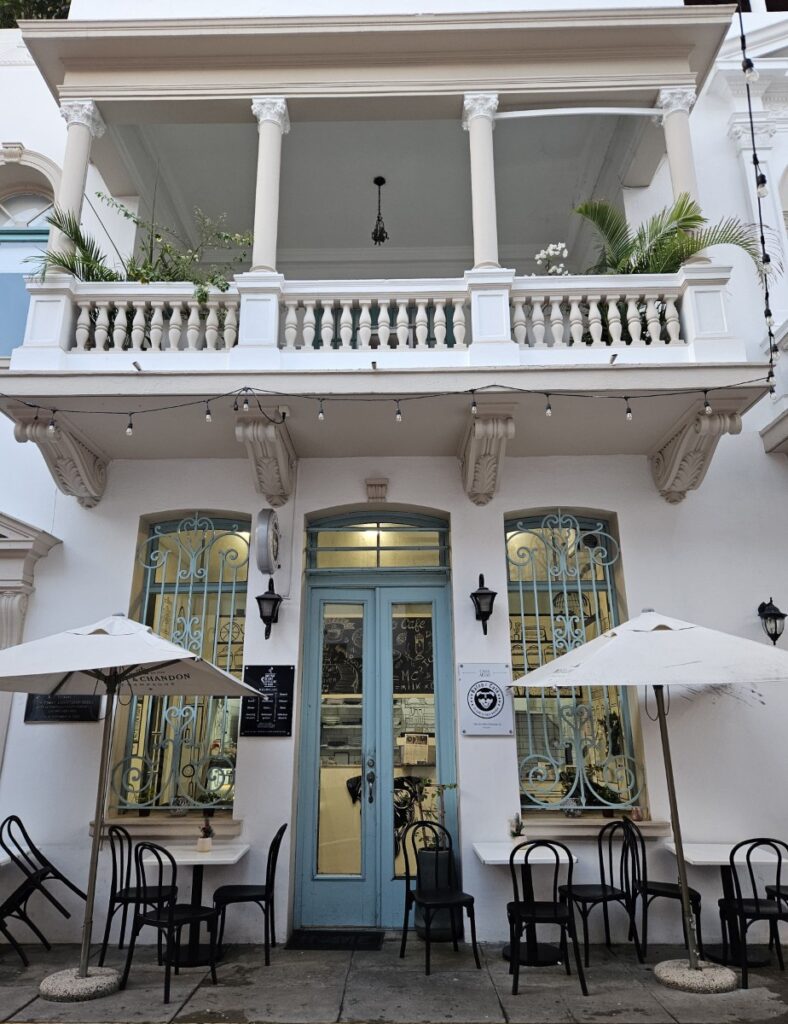
The Central Hotel Panama in Casco faces the Plaza de la Independencia and the imposing façade of the Catholic Basilica of Santa María la Antigua. The Central has been an iconic lodging for discerning travellers since 1874. Rooms are arranged around a courtyard dominated by a sweeping wooden staircase. An atmosphere of cool, timeless elegance pervades the lobby, a welcome respite from the blistering heat and buzz of activity in the streets outside. The rooftop bar affords a magical nighttime view across the city, from the softly lit twin belltowers of the cathedral to the glittering skyline of the modern city beyond.
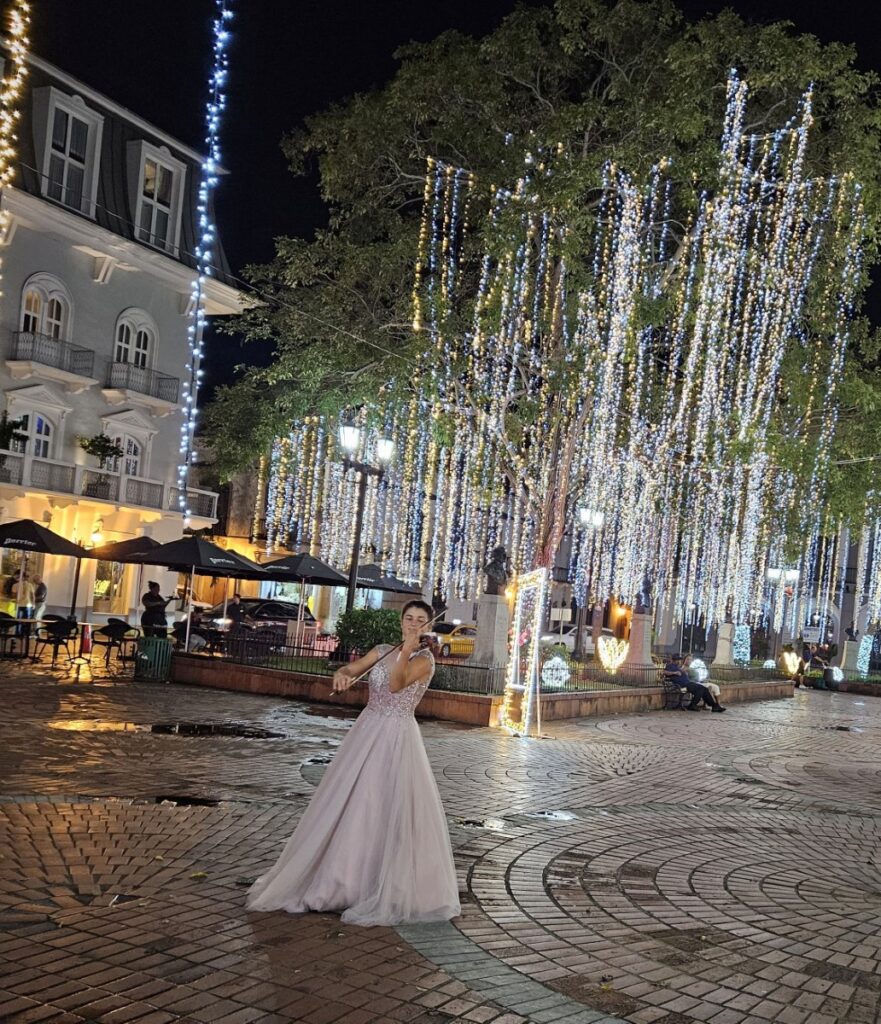
With shade trees, park benches and central rotunda, the Plaza de la Independencia is the heart of the old town. Street performers, musicians, families with kids and old folk listening to local radio enjoy the space from morning until late in the evening. A cobblestone district of colourful alleys, historic buildings, quirky boutiques, trendy bars and restaurants, art galleries and vibrant murals extends in four directions from the square. Casco boasts some of Panama’s most significant Spanish architectural structures, including magnificent churches and colonial buildings, and ornate mansions with beautiful balconies laced with tumbling displays of pink, white and scarlet bougainvillea.
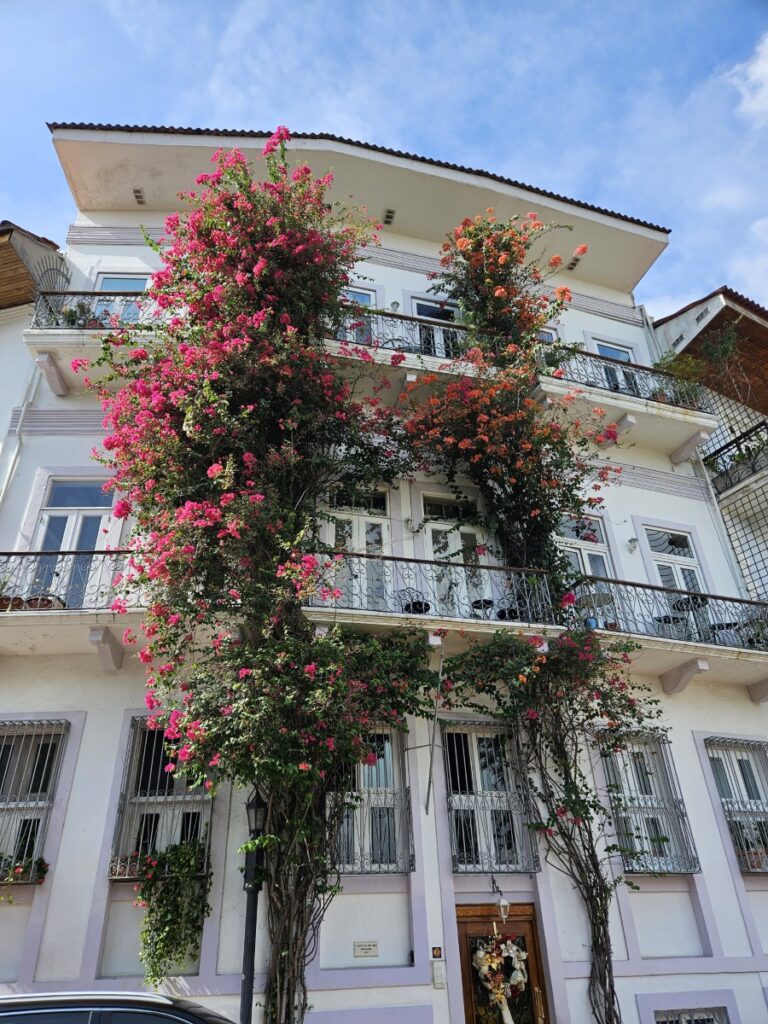
A local market on the Casco waterfront offers souvenirs, Panama hats (mostly fake) and traditional molas, colourful appliqué textiles made by the indigenous Guna people, and their intricate chaquiras beadwork. If the heat gets too intense, cool off with a raspado (shaved ice) topped with sweet syrup, or perk things up at a coffee shop brewing some of the best beans on the planet. Café Vera, attached to the Sofitel Legend Hotel, not only offers a bright vintage vibe, good coffee and luscious cakes, but also a chance to peek into the colonial-era lobby of the former Union Club (1917), used as a location in the Bond film Quantum of Solace and now exquisitely restored with Sofitel’s signature sophistication.
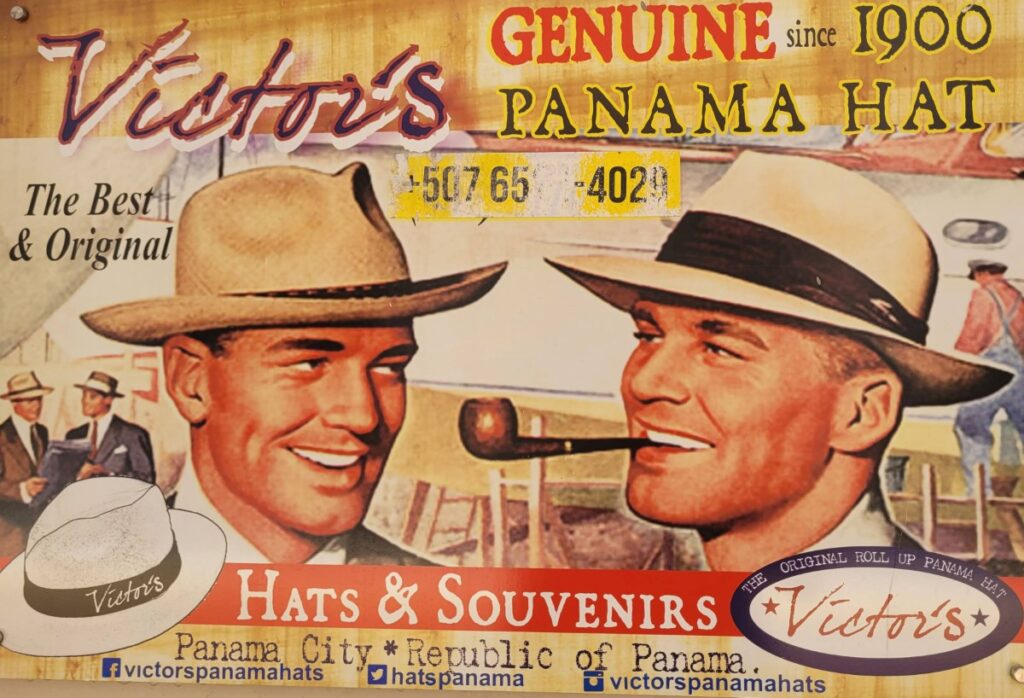
Casco Viejo’s restaurants, rooftop bars and dance clubs come alive at night, when the heat of the day gives way to the soft tropical night. Panama City is recognized by UNESCO as a Creative City of Gastronomy, a designation embraced by the generation of innovative chefs setting up shop in Casco. Skipping the lines outside the most hyped restaurants led me to Primitivo, a little gem tucked away in a stone cavern. The contemporary Latin fusion menu emphasizes steaks and sophisticated cocktails. “Darien Tacos” — plantain tortillas stuffed with skirt steak and drizzled with mango emulsion – and a jewel-like octopus carpaccio with black olive, were both excellent.
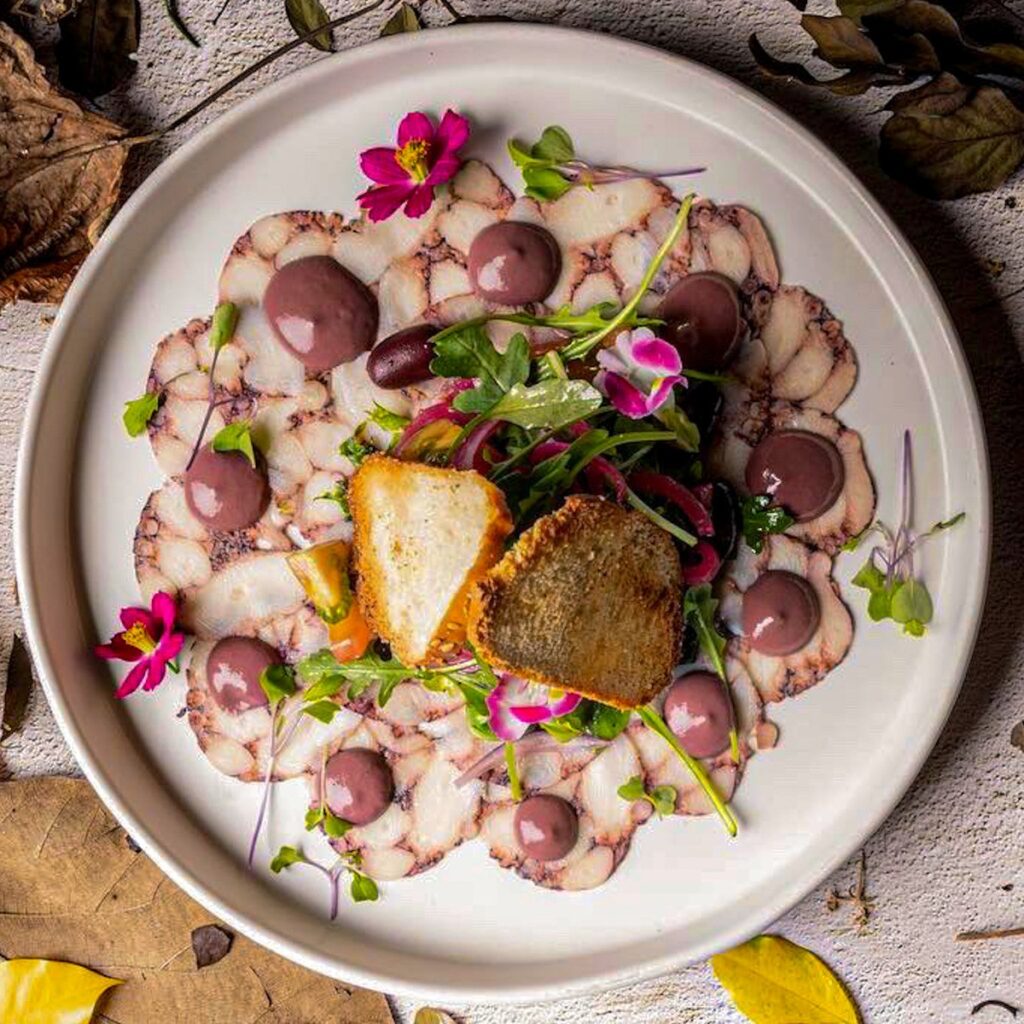
Tántalo is one of the hippest restaurants in Casco, with edgy wall murals and a boisterous rooftop party scene. The food, billed as Latin-inflected global fusion, is as creative as the decor. Tiradito de Pescado – raw fish marinated in leche de tigre with bright yellow aji amarillo and brick red tamarillo providing vibrant pops of colour – was as pretty as it was delicious.
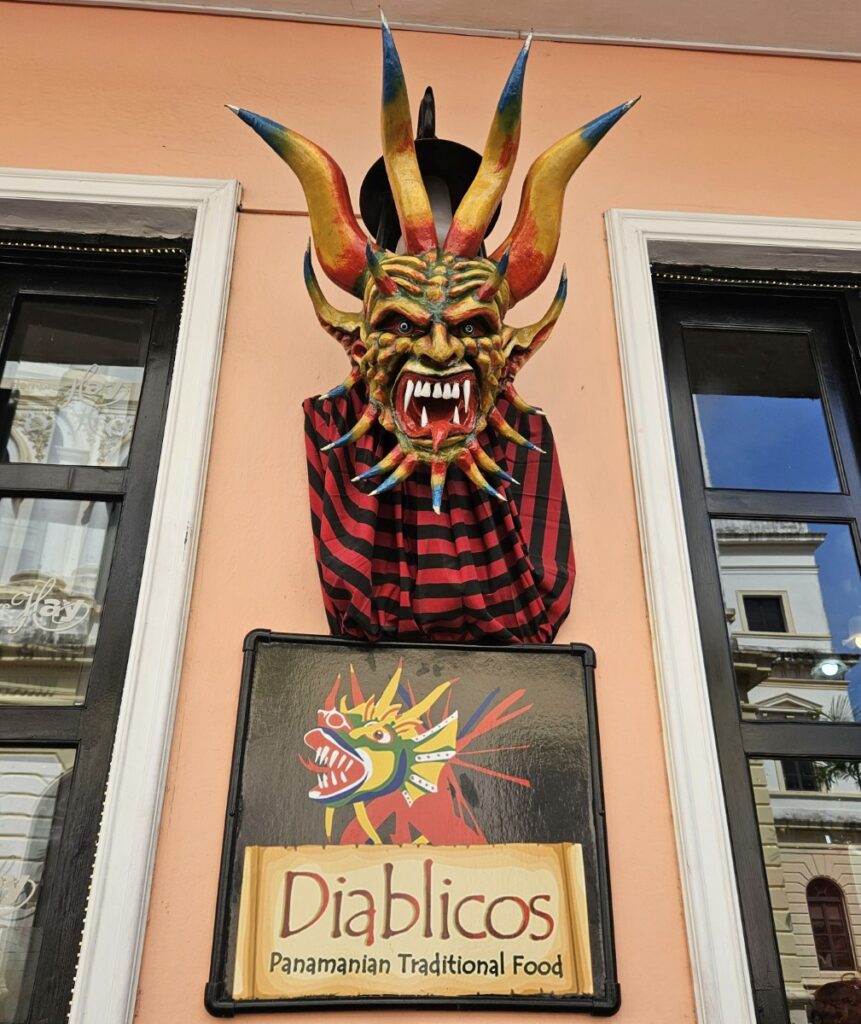
For a more traditional take on Panamanian cuisine, Diabolicos (“dirty devils”) is a good place to visit. It is clearly geared for tourists, but the folkloric decor featuring giant puppets with oversized jaws and sharp fangs, is striking and the menu includes all the classic Panamanian dishes — rice with chicken, ropa vieja, sancocho (chicken stew), ceviches and empanadas. If you like things spicy, Aji Chombo, the fiery Panamanian hot sauce, is fruity and delicious.
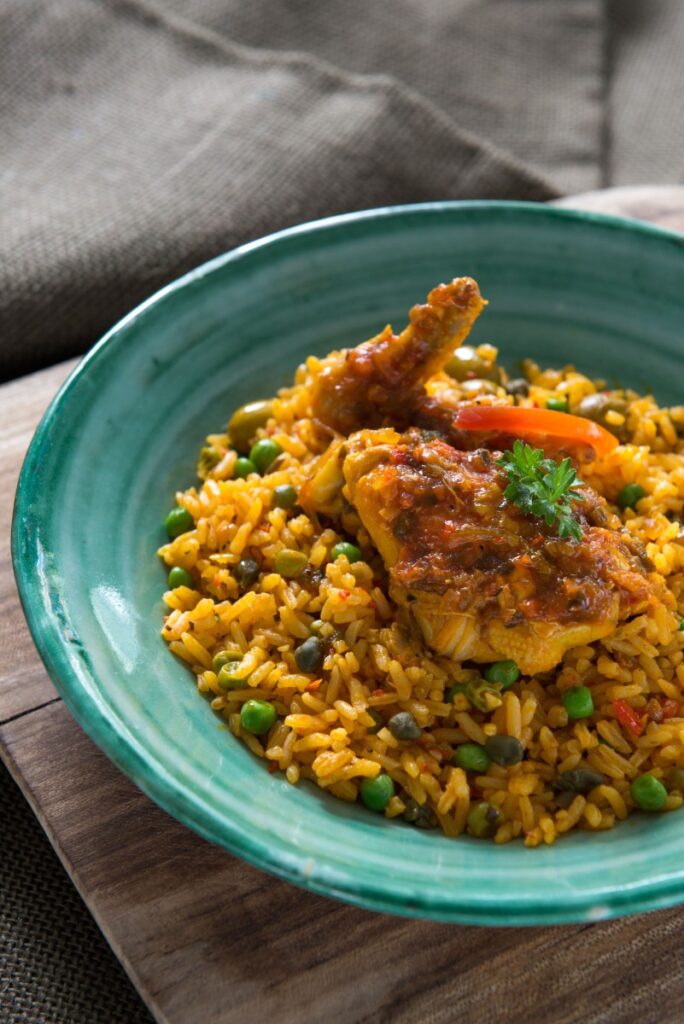
Panamanian cuisine is the result of the coming together of Amerindian, Hispanic, African and Afro-Antillean cultures in an environment that’s incredibly rich in natural resources. With coastlines on both the Atlantic and Pacific, seafood is a main feature of local menus. Ceviche – marinated in lemon juice instead of the usual lime and served in or with crisp little plantain baskets, is the (unofficial) national dish. Corvina is the most common local fish but all sorts of seafood is given the ceviche treatment.
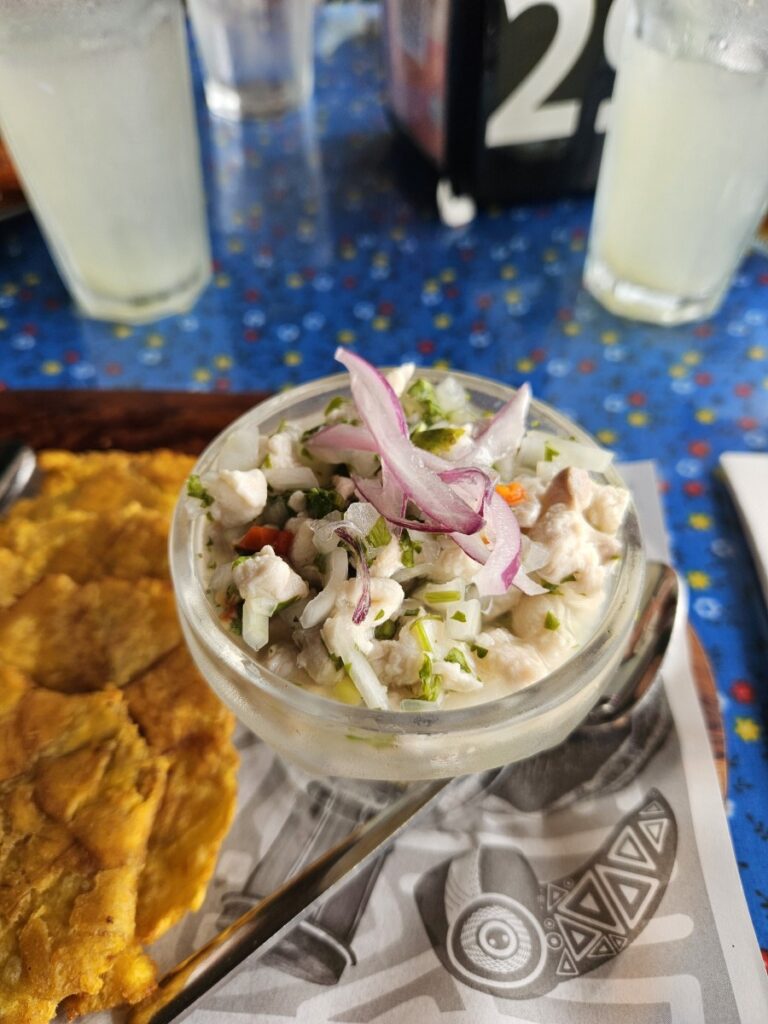
Panama City’s main fish market Mercado de Mariscos on the downtown waterfront is just a short walk from Casco, passing by the Palace of the Herons, the residence of Panama’s president, on the edge of the quarter. Fishing boats unload their catch early in the morning and around noon open-air restaurants around the market fill up with locals feasting on lobster, shrimp, crabs and fresh fish cooked to order. Here, a serving of ceviche and a bottle of cold Balboa beer will set you back just a few dollars. Across the road from the fish market is the produce and dry goods market Mercado San Felipe Neri. Both are spotlessly clean and offer a great glimpse of local food culture.
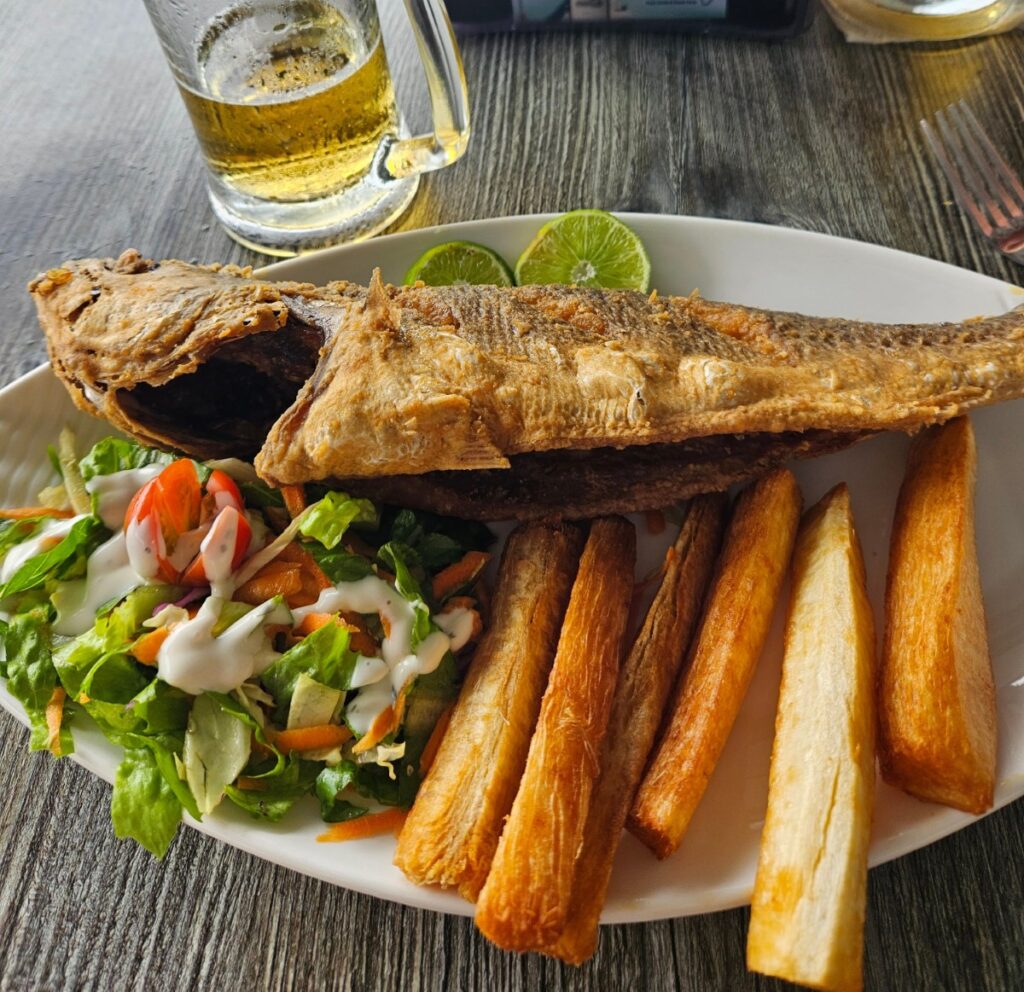
It goes without saying that the Panama Canal is a must-see. The visitor centre at Miraflores gives a grandstand view of ships passing through the narrow locks with just inches of clearance on either side. If you are lucky you’ll see a cruise ship easing through like massive fortress on the move. The visitor centre entrance fee includes a ticket to an Imax movie that tells the story of the canal’s construction, one of the most challenging engineering feats ever undertaken. The linking of the western and eastern hemispheres by the canal captured the imagination of the period and earned Panama the nickname Bridge of the World.
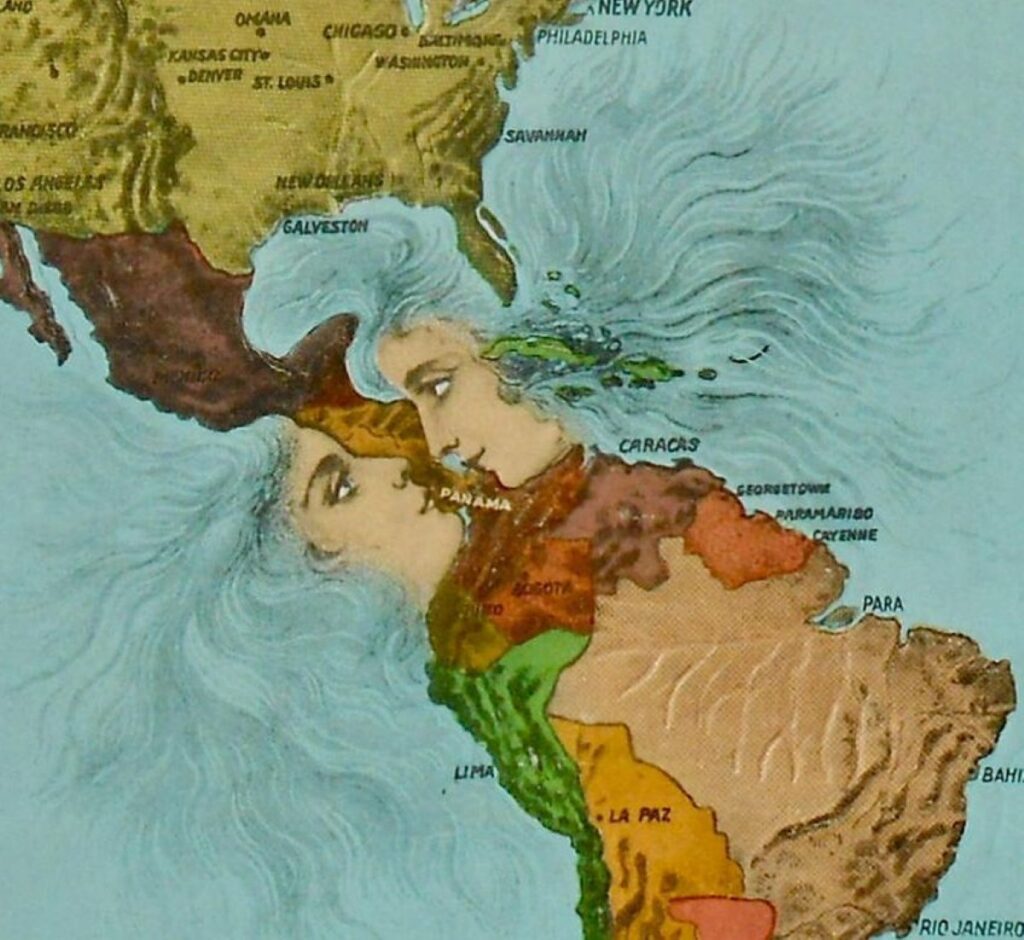
The varied biomes found in Panama include tropical lowland and mountain forests, freshwater wetlands, mangroves, coral reefs, and tropical islands. Scientists are still discovering new species within Panama’s natural areas, some of which are thought to hold the keys to future medicines and antibiotics. Because the jungle watersheds are vital to the health of the Canal, an impressive 54 percent of the land in Panama is protected, which also serves to preserve these unique ecosystems and support their biodiversity.
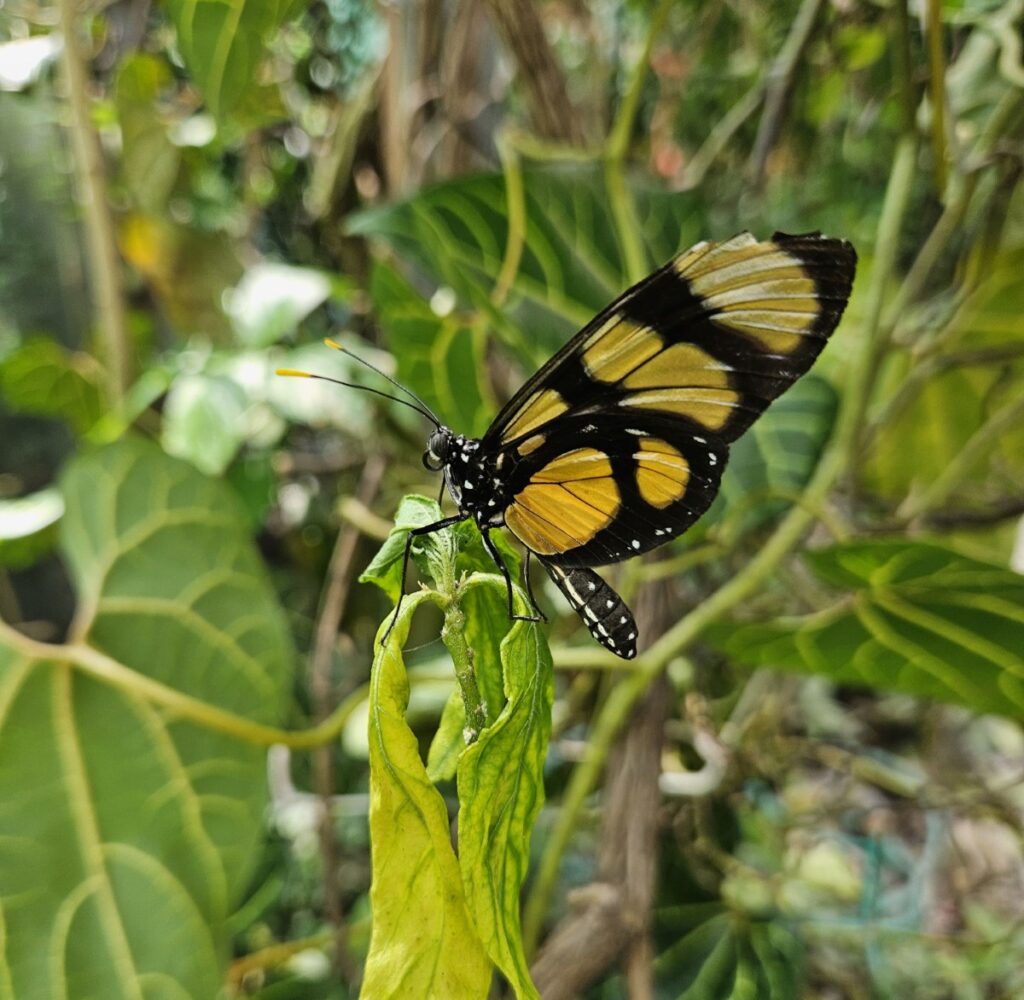
After the heat and buzz of Panama City, El Valle de Antón (the Anton Valley) offers a cool, beautiful respite. Located 600 metres above sea level within a volcanic crater, the valley is an ecotourism hotspot, offering mountain hikes, waterfalls, pretty guesthouses and a village with restaurants, craft shops and a lively central market. The small but delightful Butterfly Haven is a popular attraction and El Nispero Zoo, which houses rescued and endangered animals, is where you can see the extremely rare golden frog (actually a toad), a tiny creature with bright yellow skin and comical black spots, found only in Panama. It is worth seeking out the namesake Golden Frog Inn for lunch in the terrace restaurant with a view of the mountains.
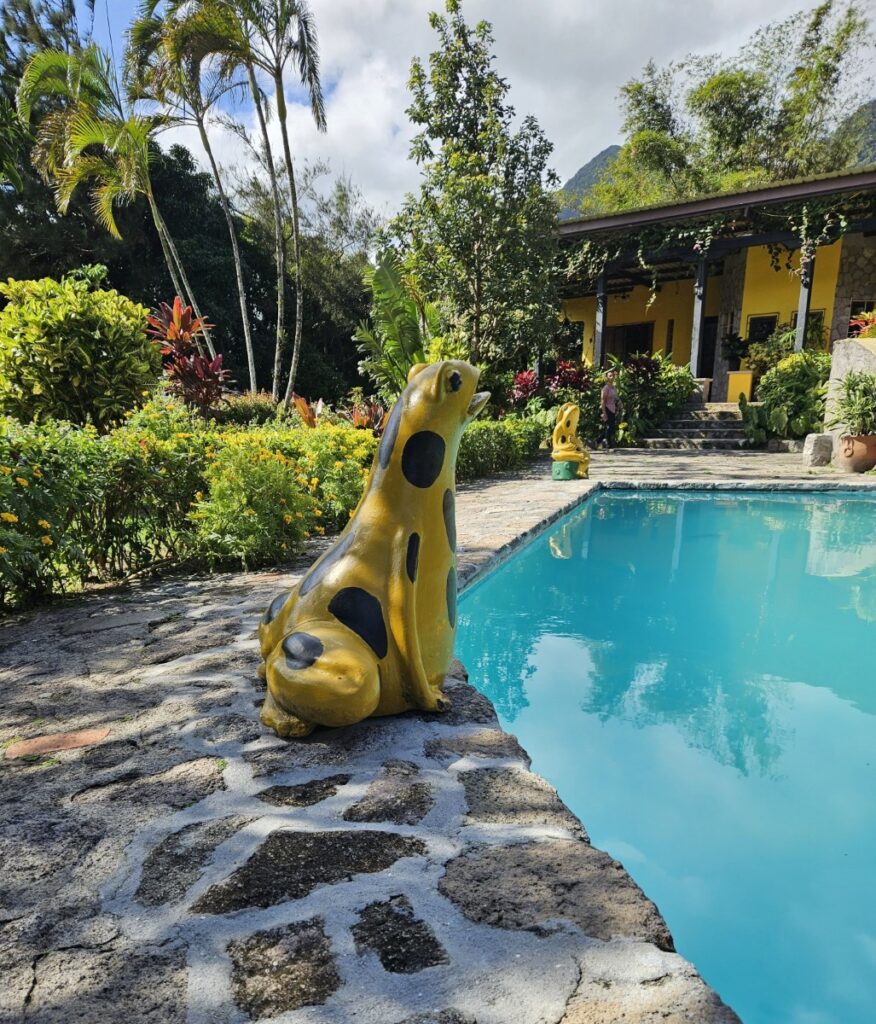
Panama’s beaches are also stunning. With crystal-clear turquoise waters, white-sand beaches, and coconut palm trees, the San Blass Islands on the Caribbean coast are picture-postcard perfect. They can also be crowded, especially during the holiday season. The beaches on the Pacific coast are more varied, some with black sand and pounding surf, others with powder white sand and calm water. Many can be easily reached by car from Panama City.

Two hours’ drive from Panama, tucked away down a country lane, is Istmo Beach and Jungle Bungalows, a rustic lodging set in a flower-filled garden alive with chattering monkeys and trilling birds. Accommodations are basic — thatch-roof huts with verandah and hammock, a detached kitchen – but furnished with all the necessities for a self-catered stay. A potholed track leads to a long stretch of golden beach with gentle waves and not a footprint in the sand. Panama has two faces – one exciting, frenetic, future-facing, the other peaceful, timeless, perfect.
